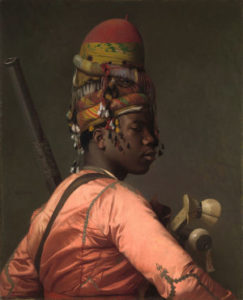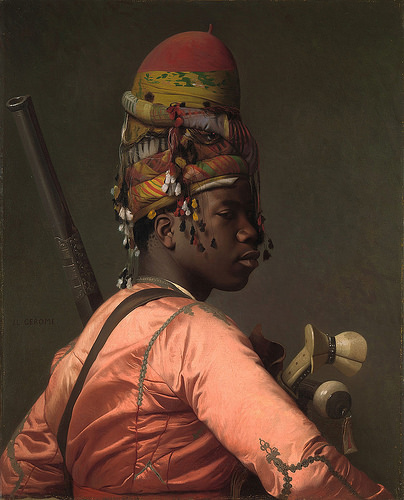
UNIVERSITY OF COLORADO ANSCHUTZ MEDICAL CAMPUS—AURORA, Colo. (Oct. 11, 2016) – Researchers at the University of Colorado Anschutz Medical Campus along with colleagues at Johns Hopkins University and other institutions have conducted the largest ever genome sequencing of populations with African ancestry in the Americas.
The scientists, for the first time, have created a massive genetic catalog of the African diaspora in this hemisphere. It offers a unique window into the striking genetic variety of the population while opening the door to new ways of understanding and treating diseases specific to this group.
The study was published today in the journal Nature Communications.
“The African Diaspora in the Western Hemisphere represents one of the largest forced migrations in history and had a profound impact on genetic diversity in modern populations,” said the study’s principal investigator Kathleen Barnes, PhD, director of the Colorado Center for Personalized Medicine at CU Anschutz. “Yet this group has been largely understudied.”
Barnes said those of African ancestry in the Americas suffer a disproportionate burden of disability, disease and death from common chronic illnesses like asthma, diabetes and other ailments. The reasons why, remain largely unknown.
With that question in mind Barnes and her colleagues, with support from the NIH’s National Heart, Lung and Blood Institute, created the `Consortium on Asthma among African-ancestry Populations in the Americas’ or CAAPA. They sequenced the genome of 642 people of African ancestry from 15 North, Central and South American and Caribbean populations plus Yoruba-speaking individuals from Ibadan, Nigeria. The ultimate goal of the study is to better understand why they are more susceptible to asthma in the Americas. But the result was a wide-ranging genetic catalogue unlike any other.
The African genome is the oldest and most varied on earth. Africa is where modern humans evolved before migrating to Europe, Asia and beyond.
Barnes and her team are finding changes in the DNA of Africans in the Americas that put them at higher risk for certain diseases. Perhaps one reason for this is the amount of genetic material they carry from other populations including those of European ancestry and American Indians.
“Patterns of genetic distance and sharing of single nucleotide variations among these populations reflect the unique population histories in each of the North, Central and South American and Caribbean island destinations of West African slaves, with their particular Western European colonial and Native American populations,” the study said.
For example, the researchers showed that the mean African ancestry varied widely among populations depending on where they were settled, from 27% of Puerto Ricans to 89% of Jamaicans. In places like the Dominican Republic, Brazil, Honduras and Colombia there was also significant Native American ancestry as well.
Untangling this genetic history will take years, but Barnes said the catalogue is a good start. The data will serve as an important resource for disease mapping studies in those with African ancestry.
“This will contribute to the public database and give clinicians more information to better predict and track human disease,” Barnes said. “It will allow us to tailor clinical to specific individuals based on their ethnic and racial backgrounds.”
______________________________________
Black Bashi-Bazouk: Oil on canvas in the Metropolitan Museum of Art ,2008: given by Mrs. Charles Wrightsman
_____________________________________
A companion paper demonstrating the clinical utility of the African diaspora genome catalog appears in the same issue of Nature Communications.
Source: University of Colorado Anschutz Medical Campus press release.
___________________________________________________

______________________________________________
Travel and learn with Far Horizons.
____________________________________________
This richly illustrated issue includes the following stories: Recent findings shedding new light on the whereabouts of the remains of Philip of Macedon, father of Alexander the Great; how an archaeologist-sculptor is bringing bones of the dead back to life; archaeologists uncovering town life at the dawn of civilization; an exclusive interview with internationally acclaimed archaeologist James M. Adovasio about what makes the Meadowcroft Rockshelter prominent in the ongoing search for the first Americans; what archaeologists are finding at the site of the ancient city of Gath, the home town of the biblical Philistine giant, Goliath; and how scientists are redrawing the picture of human evolution in Europe. Find it on Amazon.com.








